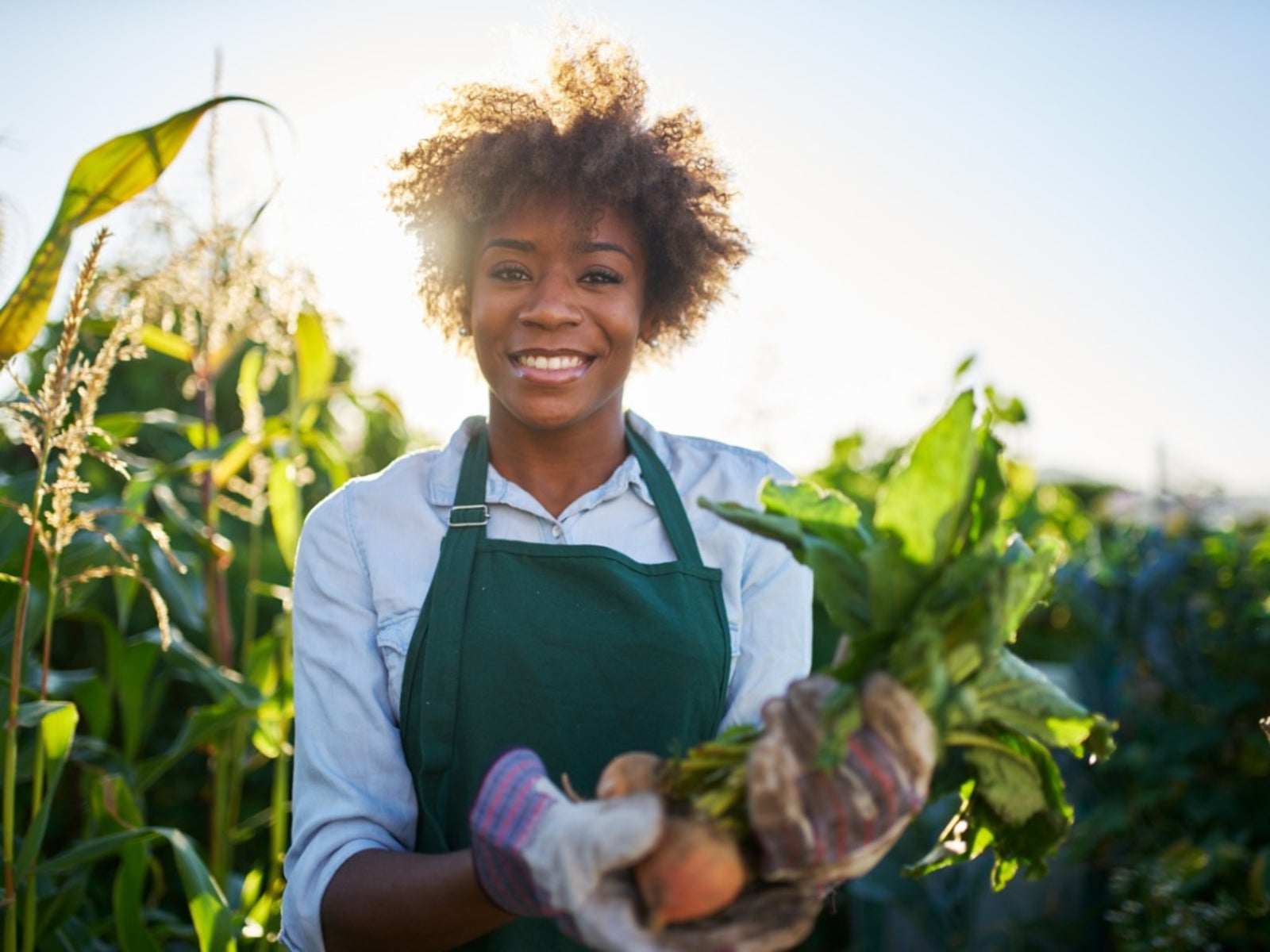Starting A Vegetable Garden


So, you've decided to grow a vegetable garden but aren't sure where to start? Read on to learn more about how to start a vegetable garden.
Starting a Vegetable Garden
First, you must begin the planning stages. Typically, planning is done during the fall or winter months, allowing you plenty of time to figure out what you want and where you want it. You'll need to learn more about your particular climate and soil conditions. Also, educate yourself on the different types of vegetables and their individual requirements. Using the non-gardening season to plan will not only help you find useful information, but you can find out whether or not particular plants are worth your time since some varieties require more maintenance than others. Vegetable guides provide information on specific plants, planting times, depths, and spacing requirements.
Location
Choose a location in an area that will not blot the landscape after the growing season has faded. Locate your garden near an ample water source and preferably close to your home. Doing so will help ensure that garden chores don't go undone. Make sure there is adequate sunlight in an area with good drainage.
Layout
Once you have established a site for your vegetable garden, consider its layout. Do you want a small or large garden? Does your location permit room for a plot of rows, small beds, or containers? Sketch it out and begin listing the types of vegetables you want to grow.
Plants
Be sure to choose vegetable plants that will accommodate your own family's needs; try to resist selecting crops you don't really like or won't eat. For those, you do enjoy, avoid over-planting, unless you plan on preserving them.
Soil prep and planting
Work the soil with compost so that it is rich in organic matter. If you are starting crops from seed indoors, you need to be done well before planting time. Otherwise, sow seeds or set plants in the garden at their appropriate planting times. Your best bet is to start small until you get a feel for what you're doing. If you're planting your vegetable garden in rows, keep the tallest growing plants in such a way that they won't interfere with the smaller varieties by casting too much shade, usually on the garden's northern side. Leafy crops and some of the root crops, however, can be planted in areas of shade if necessary. If you have decided on implementing beds, try a strip of area about 4 feet wide by 8 feet (1 x 2.5 m.) long. This way you can easily maneuver around it. You could even consider placing this size garden along the side of your home, incorporating flowers and herbs into the garden for additional use and interest. Placing the garden near a fence or trellis can also offer you the opportunity for growing vine crops as well while taking up less space. With containers, simply group them together with the largest growers in the back and bring the smaller ones to the front. With whatever design you have chosen, try to group crops according to their rate of maturity. By using this grouping method, you can ensure that your garden will be abundant continually since there will be other crops taking the place of those which have begun to fade or have already died out. When you follow crops, choose unrelated plants to prevent the occurrence of pests or diseases. For example, follow beans with beets or peppers.
Upkeep and harvesting
You'll want to check on your garden frequently, making sure that it has sufficient water and no weeds or other problems. To help cut down on the growth of weeds and help retain moisture, add plenty of mulch to the garden. Checking your garden often will also ensure that crops get picked once matured. Frequent picking helps increase production and extends the harvest season. Starting a vegetable garden is not that difficult or demanding as long as the proper care and maintenance are provided. There is a great sense of pride in knowing that you have grown your own vegetables that can be shared with family and friends each year; and once they have tasted the sweet, home-grown fruits of your labor, they will be proud as well.
Sign up for the Gardening Know How newsletter today and receive a free copy of our e-book "How to Grow Delicious Tomatoes".

Nikki Tilley has been gardening for nearly three decades. The former Senior Editor and Archivist of Gardening Know How, Nikki has also authored six gardening books.